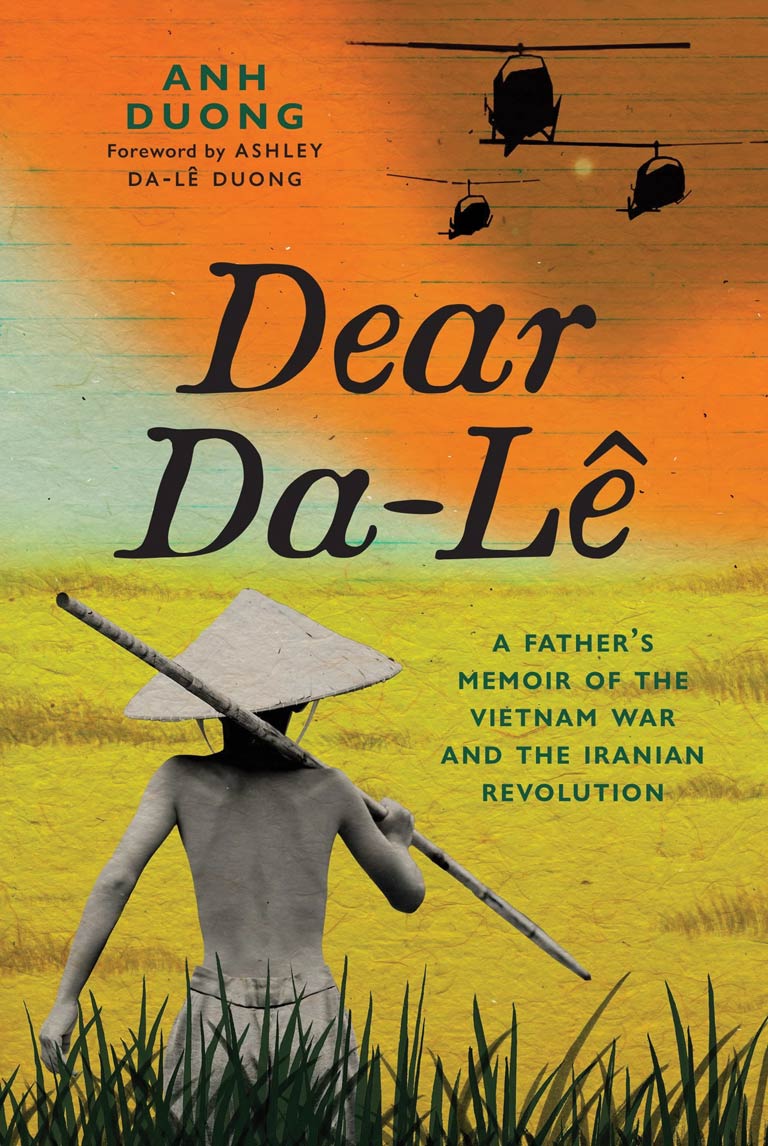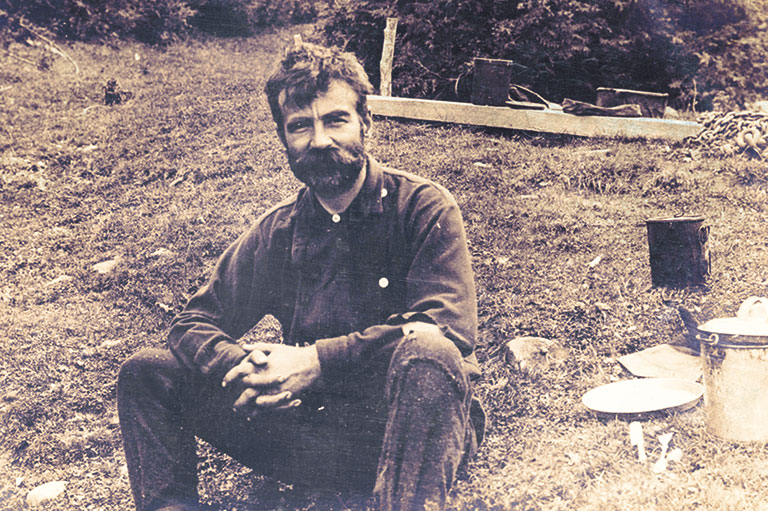Dear Da-Lê

Dear Da-Lê: A Father’s Memoir of the Vietnam War and the Iranian Revolution
by Anh Duong
Douglas & McIntyre
306 pages, $24.95
Born a few kilometres from Huê', Vietnam, in 1953, Anh Duong was three days old when French troops attacked his village and destroyed his home. Seventy-two years later, his face still bears a small scar from that day.
After a century of occupation, the French departed Vietnam the following year, but Duong’s village of Da-Lê. was not left in peace. Geopolitical fate placed it just south of the boundary between the newly created entities of North and South Vietnam, and the district became a killing ground for the next two decades.
Duong and his friends grew up in a world where everyone had to choose sides, even though there were no safe choices. Their lives were filled with informers, spies and violence. En route to school, children regularly passed gruesome evidence of overnight skirmishes: dead bodies left in view to show the consequences of conflicting loyalties. Local officials, neighbours and relatives routinely disappeared — sometimes arrested by soldiers of either side, but often to secretly join the Viet Cong guerillas or one of Vietnam’s two opposing government armies. (Duong’s father was drafted into the South Vietnamese army and was largely absent from his family for 20 years.)
With 7 uniquely curated newsletters to choose from, we have something for everyone.
At 14, Duong rode his bike through Viet Cong lines into Huê' during the bloody Tet Offensive to visit his father’s besieged army unit. On school nights, Viet Cong and American forces moved through his backyard in search of one another. Working in rice fields or scavenging for food on weekends, Duong occasionally attracted fire from American aircraft and unidentified snipers. One night at age 15, Duong was forced by the Viet Cong to haul rice and weapons along a jungle trail under threat of death yet returned in time to attend school the next day.
While most of Duong’s peers gradually dropped out of school to join the fighting, he persisted with his studies, eventually moving 1,000 kilometres to the University of Saigon, where he struggled financially and academically. At age 21, he finally caught his first glimpse of a country at peace when he moved to Iran to study engineering just months before the South lost the Vietnam War. (Ironically, he graduated at the start of the Iranian Revolution and immigrated to Canada just as Ayatollah Ruhollah Khomeini took power.)
Years after the tumult back home ended, Duong, like many in North America’s large Vietnamese diaspora, scrambled his way into middle-class success while hiding the trauma of Vietnam’s war years from his family. He eventually broke his silence in 2015 in a heartfelt letter to his university-aged daughter, Ashley Da-L. Duong, which tried to explain his “long-held wall of silence.” His letter eventually grew into this austere but gripping memoir.
Duong’s matter-of-fact narrative has little room for regret even though he grew up in the shadow of some of the war’s most vicious fighting. Like the small scar beside his left eye, he always felt his childhood was best ignored. As readers, we are fortunate that he changed his mind.
Thanks to Section 25 of the Canadian Charter of Rights and Freedoms, Canada became the first country in the world to recognize multiculturalism in its Constitution. With your help, we can continue to share voices from the past that were previously silenced or ignored.
We highlight our nation’s diverse past by telling stories that illuminate the people, places, and events that unite us as Canadians, and by making those stories accessible to everyone through our free online content.
Canada’s History is a registered charity that depends on contributions from readers like you to share inspiring and informative stories with students and citizens of all ages — award-winning stories written by Canada’s top historians, authors, journalists, and history enthusiasts.
Any amount helps, or better yet, start a monthly donation today. Your support makes all the difference. Thank you!
Themes associated with this article
Advertisement




